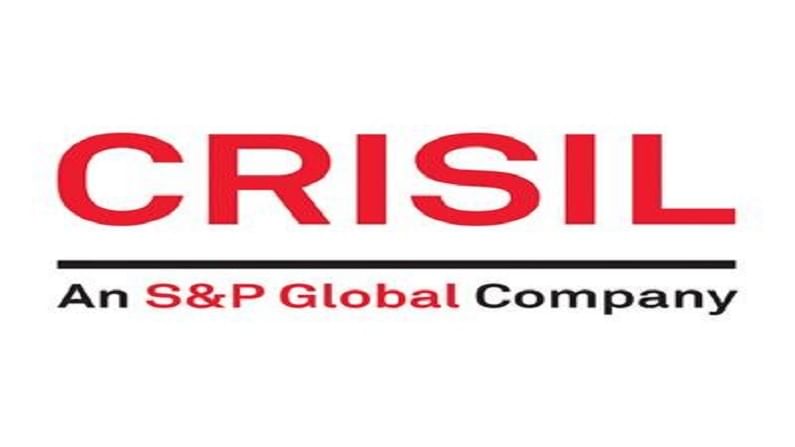How does CRISIL rate mutual funds?
It is always a good idea to look at the ranks and returns before selecting a mutual fund

“Rating agency placed the ratings of six mutual fund schemes under watch with negative implications,” or “Rating agency sounds cautious on a non-banking financial company (NBFC) and has downgraded some debt schemes” are some of the news headlines we keep hearing now and then.
As CIBIL determines the creditworthiness of an individual, various rating agencies like CRISIL do the same for the mutual fund houses by rating and ranking their schemes on a set of parameters.
CRISIL Mutual Fund Ranking (CMFR) was launched in the year 2000, and since then, the asset management companies and the investors have accepted CRISIL to evaluate the mutual funds. Let’s look at what are the parameters CMFR uses to evaluate the fund’s scheme:
What does CMFR cover?
CMFR uses a combination of net asset value (NAV) and portfolio-based attributes for the evaluation of the schemes. This covers various categories across equity, debt, and hybrid asset classes. It provides a one-point analysis of mutual funds of some critical parameters like risk-adjusted returns, asset concentration, liquidity, and asset quality.
How are the schemes ranked?
The schemes are ranked on a scale of 1 to 5. In simple terms, the top 10% of funds are assigned 5-star ratings, and the bottom 10% of the funds are given a 1-star rating. Below are the set of parameters CRISIL uses to rank the mutual funds
Superior return score
With the help of this score, the fund’s returns and risks are compared with other similar portfolios. However, here one cannot compare a mid-cap fund with a large-cap fund.
The comparison must be made on a similar factor.
Portfolio concentration analysis
Concentration analysis includes risks faced due to over-diversification of the asset class. In simple terms, if a fund manager invests in too many funds to diversify the portfolio, the fund might have too many similar stocks, which will defeat the purpose of diversification.
Mean return and volatility
Mean return is nothing but the average daily returns based on the net asset value, and volatility denotes the fluctuations in returns. Equity funds, short-term debt funds, and credit opportunities funds consider mean return & volatility to gauge the performance.
Quality assets
This parameter checks the asset quality and the possibility of default by the debt security issuer to understand their commitment for timely debt repayment.
Sensitive sector
When it comes to debt funds, the CRISIL considers the industry risks into account and analyses the score based on the industry and debt repayment capacity of companies in their given time horizon.
Ratios
CRISIL also analyses a company’s financial ratios as this helps understand a company’s overall financial risk profile. When assessing a company’s credit quality, CRISIL looks at its capital structure, interest coverage ratio, debt service coverage, net worth, profitability, return on capital employed, net cash accruals to total debt ratio, and current ratio, among other things.
In addition to that, CRISIL also uses important ratios like standard deviation, beta, alpha, and Sharpe ratio.
What does it mean to an investor?
The ratings help the investors to understand the risk and return of the funds. That said, in the mutual fund industry, CRISIL rating is highly reliable, and many AMCs use CRISIL Rating as one of their unique selling propositions (USP) towards the investors. Many first-time investors and old investors can choose to check the ratings and ranks before investing in a mutual fund. For investors, it is always a good idea to look at the ranks and returns before selecting a mutual fund.

